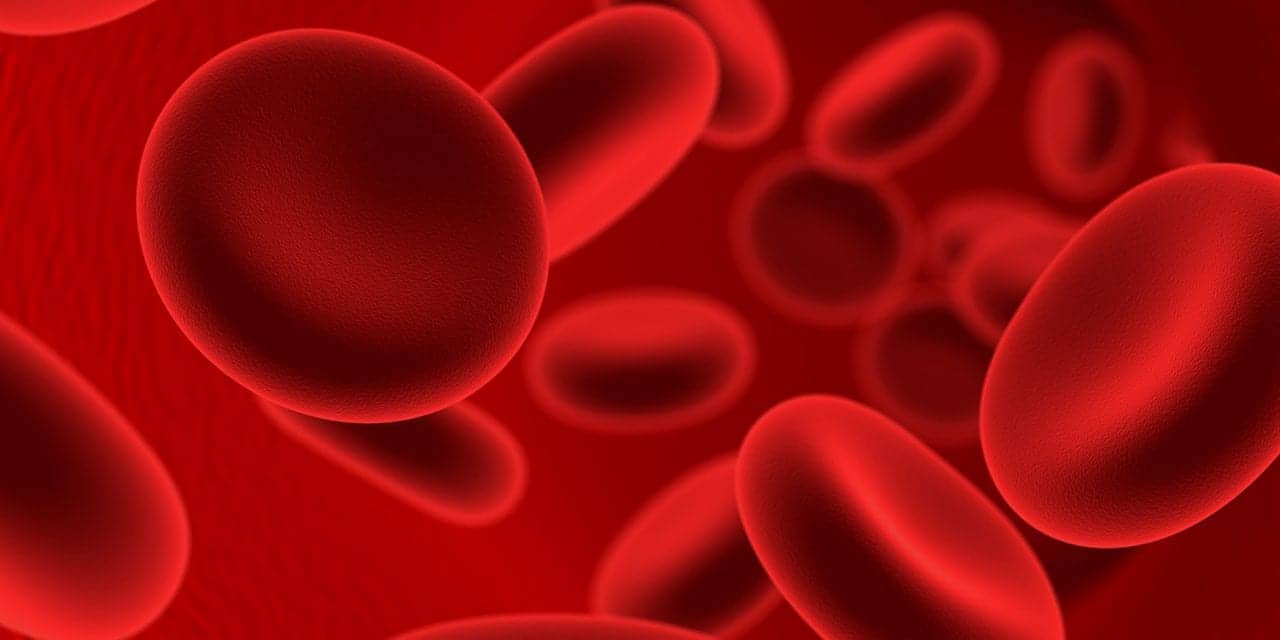Interpreting arterial blood gases (ABGs) may be difficult at first but with practice it becomes easier to see the problem and assess the possibility that the body is working to compensate for a chronic issue.
Arterial blood gases provide valuable information on a patient’s oxygenation, ventilation, and acid-base status. Understanding the interpretation of an ABG is essential to assess the patient and make decisions on the appropriate action – from providing supplemental oxygen, clearing secretions, or giving medication to full support with mechanical ventilation.
Interpreting ABGs may be difficult at first but with practice it becomes easier to see the problem and assess the possibility that the body working to compensate for a chronic issue. Here are 5 tips to effectively evaluate and interpret an ABG.
1) Evaluate the pH
The normal range is 7.35-7.45 with an “absolute” normal of 7.40. If the pH is outside the normal on the low side – the patient has an acidosis. If the pH is high they have an alkalosis. This can be caused by a respiratory or metabolic problem (primarily a kidney problem), or both can be causing the problem (referred to as a combined acidosis or alkalosis).
2) Evaluate the PaCO2
PaCO2 is regulated by the lungs. The normal range is 35-45 mmHg with an “absolute” normal of 40 mmHg. If the pH is low and the PaCO2 is high then the respiratory system is the primary problem; this is called a respiratory acidosis (or it can be a combined problem if in addition the HCO3- is low, called a combined acidosis).
On the other hand, a high pH and a low PaCO2 indicates that respiratory system is the primary problem of a respiratory alkalosis (or it can be both a respiratory and metabolic problem if the HCO3- is high, called a combined alkalosis).
3) Evaluate the HCO3-
HCO3- is regulated by the kidneys. The normal range is 22-26 mEq/L with an “absolute” normal of 24 mEq/L. If both the pH and the HCO3- are low poor kidney function is the primary problem – called a metabolic acidosis (or it can be a combined problem if in addition the PaCO2 is high – a combined acidosis). On the other hand, a high pH with a high HCO3- indicates that a kidney problem is the primary cause of a metabolic alkalosis (or it can be a combined problem if the PaCO2 is low … a combined alkalosis).
4) Evaluate the PaO2 and SaO2
The normal range for PaO2 is 80-100 mmHg and 92% to 100% for SaO2. Low PaO2 and SaO2 values indicate that hypoxemia is present which can lead to tissue hypoxia. Hemoglobin should also be assessed, as anemia combined with hypoxemia can push a patient into a severe tissue hypoxia due to low delivery of oxygen to the body. Also, chronic hypoxemia may stimulate increased production of hemoglobin to increase oxygen delivery to the tissues (a condition called polycythemia).
5) Acid-Base Compensation
Compensation when the body tries to correct a primary (respiratory or metabolic) problem by altering the other system to oppose the primary issue. If the pH is within normal range and there is a mismatch between the respiratory and metabolic components — one reflecting an alkalosis and the other an acidosis — the primary issue is fully compensated. If these two components are mismatched (one reflects an alkalosis and the other an acidosis) and the pH is outside the normal range partial compensation is occurring. Compensation takes time to accomplish so a patient may be in the process during a chronic condition. Finally, if the problem is a combined acidosis or alkalosis, compensation is not happening at all.
Bill Pruitt, MBA, RRT, CPFT, AE-C, FAARC, is a senior instructor and director of clinical education in the department of Cardiorespiratory Sciences at the University of South Alabama in Mobile. For more information, contact [email protected].









